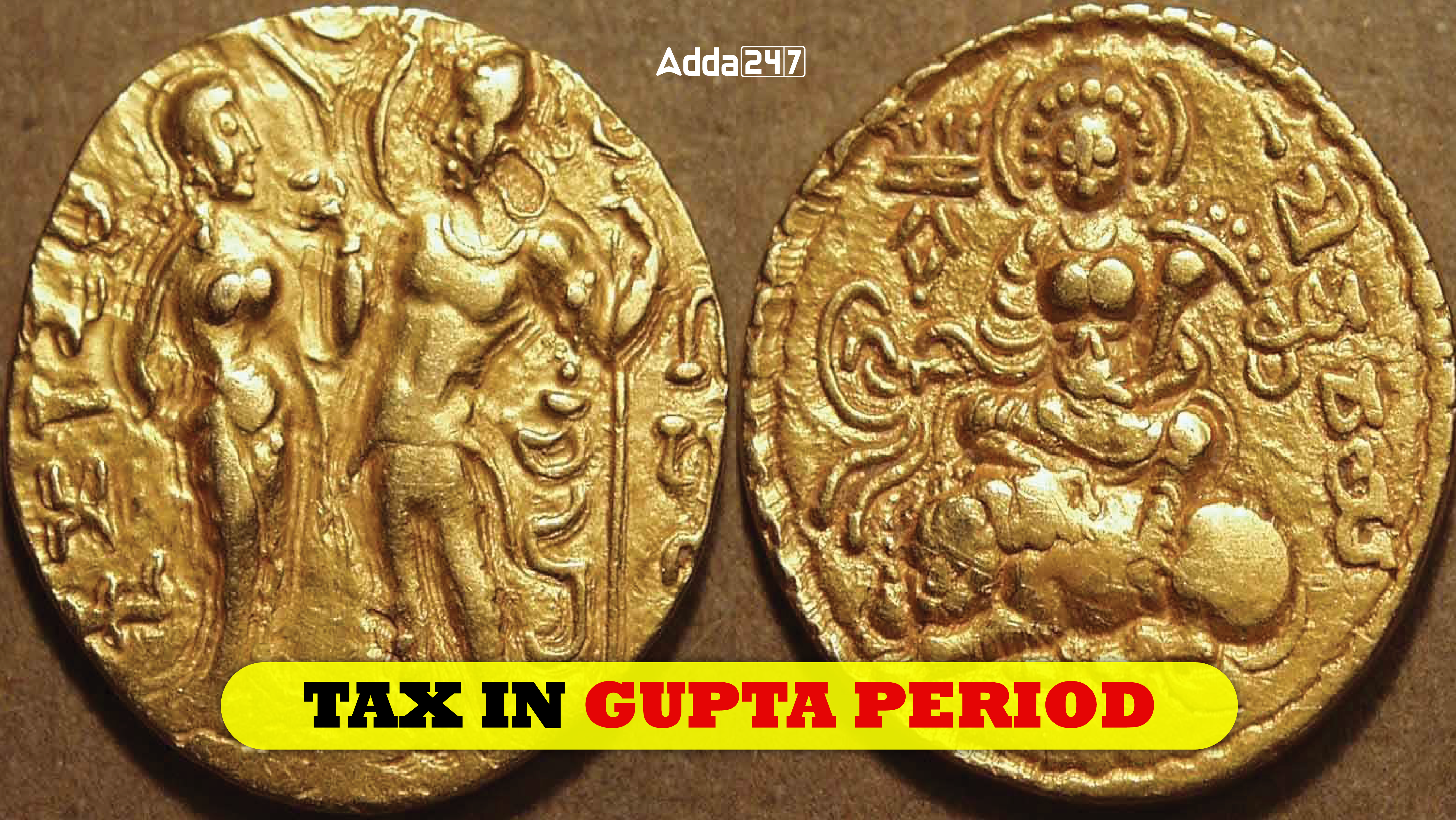Table of Contents
The Gupta Dynasty, which ruled from the mid-to-late 3rd century to 543 AD, is a significant topic in ancient Indian history, especially for UPSC aspirants. Founded by Sri Gupta, the dynasty became prominent with leaders like Chandragupta I and Samudragupta. It is often referred to as the Golden Age due to its achievements in arts, literature, science, and technology. The Gupta Empire maintained political unity across northern India from 335 CE to 455 CE, controlling regions like Uttar Pradesh, Bihar, and Bengal.
In this article we will extensively cover the economy of Gupta period and reasons of rise and fall of the Gupta period before that as usual we will understand about the background and then move to the complex situations that led to the fall.
Key Kings of the Gupta Dynasty
- Sri Gupta (240-280 CE): The dynasty’s founder, he held the title of Maharaja.
- Ghatotkacha: Sri Gupta’s son, who also took the title Maharaja.
- Chandragupta I (319-335/336 CE): Initiated the Gupta Era, strengthened the dynasty through a strategic marriage to Lichchhavi princess Kumaradevi, and expanded his territory from the Ganges to Prayaga.
Samudragupta (335/336-375 CE): Known as the Napoleon of India, he extended the empire across the Indian subcontinent. His achievements are chronicled in the Allahabad Pillar Inscription.
Samudragupta was a patron of arts and a supporter of Sanskrit literature. - Chandragupta II (376-413/415 CE): The dynasty reached its zenith under his rule. He formed strategic alliances, conquered western India, and fostered a prosperous economy. His court included nine renowned scholars known as the Navratnas.
- Kumaragupta I (415-455 CE): Established Nalanda University, faced Hun invasions, and maintained stability through his military prowess.
- Skandagupta (455-467 CE): Fended off Hun invasions, but the empire began to decline due to economic challenges and internal strife after his reign.
The Administration Of Gupta Period
Gupta Administration:
The Gupta Empire had a hierarchical administrative structure, as revealed by its epigraphical records.
At the top were divisions such as Rajya, Rashtra, Desha, Mandala, Prithvi, and Avani. The empire was divided into 26 provinces, known as Bhukti, Pradesh, and Bhoga, which were further subdivided into Vishayas. Each Vishaya was managed by a Vishayapati and a council called Adhikarana consisting of four members: Nagara Shreshthi, Sarthavaha, Prathamakulika, and Prathama Kayastha.
Within Vishayas were smaller sections known as Vithi. The Guptas had trading relations with the Sassanid and Byzantine Empires. Although the four-fold varna system was prevalent, the caste system was in flux, allowing Brahmins to engage in non-traditional professions and Kshatriyas to participate in trade.
Economy and Tax During Gupta Period
Gupta Economy:
Agriculture was the backbone of the Gupta economy which thrived through a focus on agricultural productivity.
The Guptas employed scientific methods to boost crop yields, contributing to their economic prosperity. Trade, both land-based and maritime, played a crucial role in the economy. India maintained regular maritime contacts with regions like Sri Lanka and Africa, fostering cultural and economic exchanges. This economic stability facilitated significant cultural progress during the Gupta era.
Taxes in Gupta Period
Land tax varied from 1/4 to 1/6th of the total produce also Vishti was prominent, which means tax in form of forced labor. Refer below for the other tax during Gupta period on the population
- Sulka : A royal portion of goods brought into a town or harbor by merchants, often associated with customs duties and tolls. This share represented the king’s entitlement from trade, akin to modern taxes on imported merchandise.
- Kara : This was a periodic tax that villagers used to pay apart from the annual tax during Gupta period.
- Klipta and Upaklipta : These taxes dealt with the purchase and sale of land in the governed areas of tax during Gupta period.
- Bali : This is considered to be oppressive tax during Gupta period as earlier it was the offering by the people as per their wish , but later was made permanent.
- Bhoga : This tax during Gupta period dealt with the food, fruit and yield provided by the people to the king.
- Bhaga : As discussed above it deals with the 1/4th and 1/6th revenue of the produce from the land.
- Hiranya : Portion of crop dedicated to the king as form of tax
Decline of the Gupta Empire
Several factors contributed to the Gupta Empire’s fall:
1. Hun Invasions: The Huns skilled archery and cavalry overwhelmed Gupta defenses, despite initial resistance by Skandagupta.
2. Rise of Feudatories: Regional powers like Yashodharman of Malwa challenged Gupta authority, weakening central control.
3. Economic Decline: Loss of western territories, essential for trade revenue, led to economic instability. Diminished gold content in later Gupta coins indicates financial distress.
The decline of the Gupta Empire gave rise to new regional powers such as the Pushyabhutis in Thanesar and the Chalukyas and Pallavas in southern India. This period marked a significant transition in Indian history, shaping the subsequent socio-political landscape.



 TSPSC Group 1 Question Paper 2024, Downl...
TSPSC Group 1 Question Paper 2024, Downl...
 TSPSC Group 1 Answer key 2024 Out, Downl...
TSPSC Group 1 Answer key 2024 Out, Downl...
 UPSC Prelims 2024 Question Paper, Downlo...
UPSC Prelims 2024 Question Paper, Downlo...





